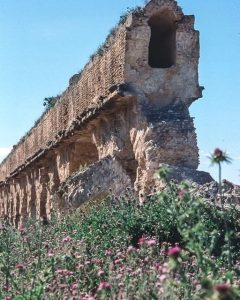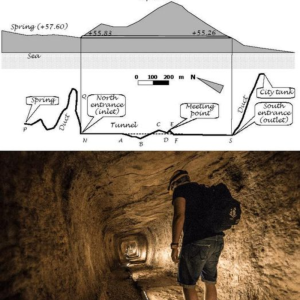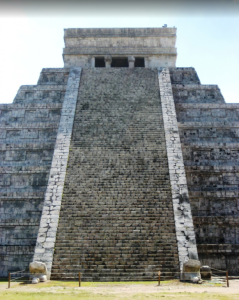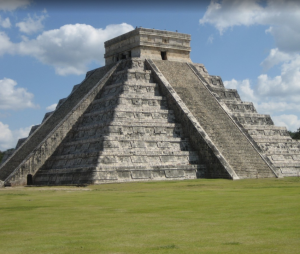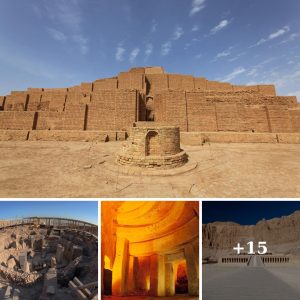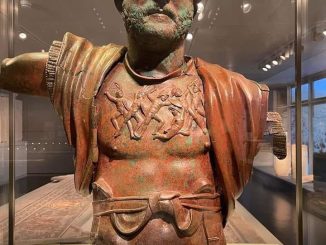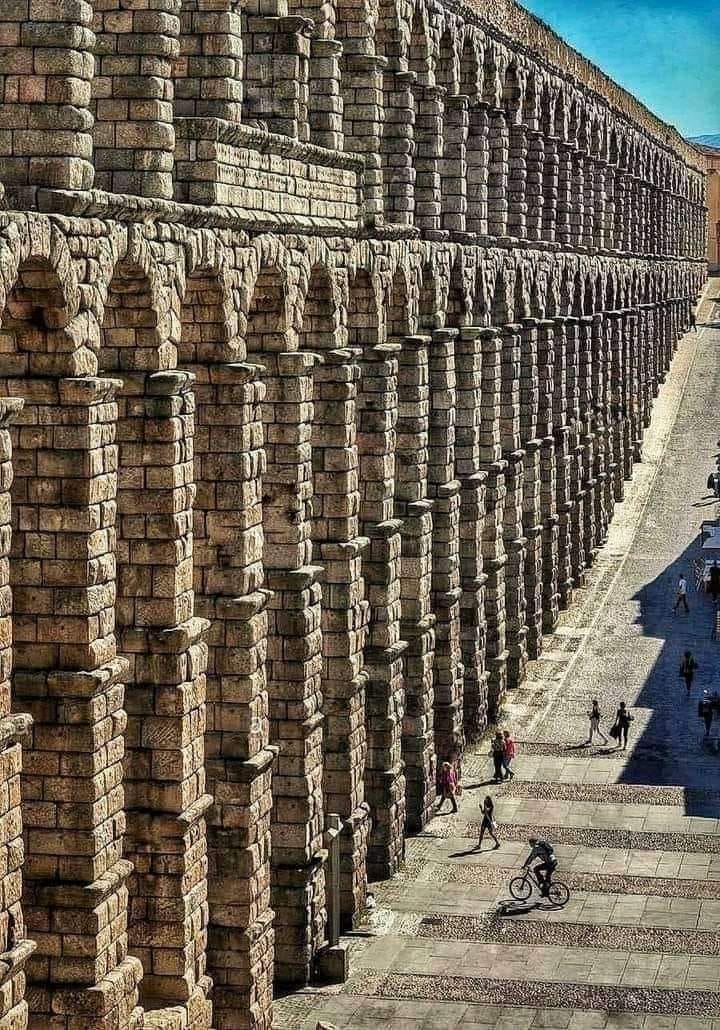
Nestled in the heart of Spain, the Roman aqueduct of Segovia stands as a testament to the engineering prowess and architectural ingenuity of the ancient Romans. Believed to have been built in the 1st century AD during the reign of Emperor Trajan, this remarkable structure has withstood the test of time and remains remarkably well-preserved to this day. In this blog post, we embark on a journey to explore the history, construction, and significance of the Roman aqueduct of Segovia.
Unraveling the Secrets of the Roman Aqueduct
- Historical Significance: The Roman aqueduct of Segovia is one of the most iconic and well-preserved ancient aqueducts in the world. Stretching over 800 meters in length and standing at a height of nearly 30 meters, the aqueduct once supplied water to the bustling Roman city of Segovia, serving as a vital lifeline for its inhabitants. Constructed using massive blocks of granite and without the use of mortar, the aqueduct is a testament to the engineering prowess of the Roman Empire and has earned recognition as a UNESCO World Heritage Site.
- Architectural Marvel: The aqueduct’s architectural design is both functional and aesthetically pleasing, featuring a series of double-tiered arches supported by sturdy pillars. The precision and craftsmanship exhibited in the construction of the aqueduct are remarkable, with each stone meticulously cut and fitted to form a seamless structure. The aqueduct’s graceful curves and towering presence make it a striking sight against the backdrop of the Spanish countryside, attracting visitors from around the world to marvel at its beauty and grandeur.
- Engineering Feat: One of the most remarkable aspects of the Roman aqueduct of Segovia is its innovative engineering design. The aqueduct relied on gravity to transport water from its source in the nearby mountains to the city below, utilizing a gentle slope to maintain a steady flow. The precision engineering and careful calculation required to achieve such a feat are a testament to the advanced knowledge and expertise of the Roman engineers who designed and built the aqueduct.
- Archeological Insights: The Roman aqueduct of Segovia not only serves as a testament to the engineering prowess of the ancient Romans but also provides valuable insights into their daily life, culture, and infrastructure. Through archaeological excavations and studies, scholars have gained a deeper understanding of the aqueduct’s construction techniques, maintenance practices, and role in sustaining urban centers in ancient times. The preservation of the aqueduct allows future generations to continue studying and appreciating this remarkable feat of ancient engineering.
Preserving a Timeless Legacy
In conclusion, the Roman aqueduct of Segovia stands as a symbol of the enduring legacy of the ancient Romans and their remarkable achievements in engineering and architecture. From its impressive scale and meticulous construction to its historical significance and archaeological value, the aqueduct continues to captivate and inspire visitors from around the world. As we marvel at the beauty and grandeur of this ancient structure, we are reminded of the ingenuity, innovation, and craftsmanship of the people who built it over two millennia ago.

